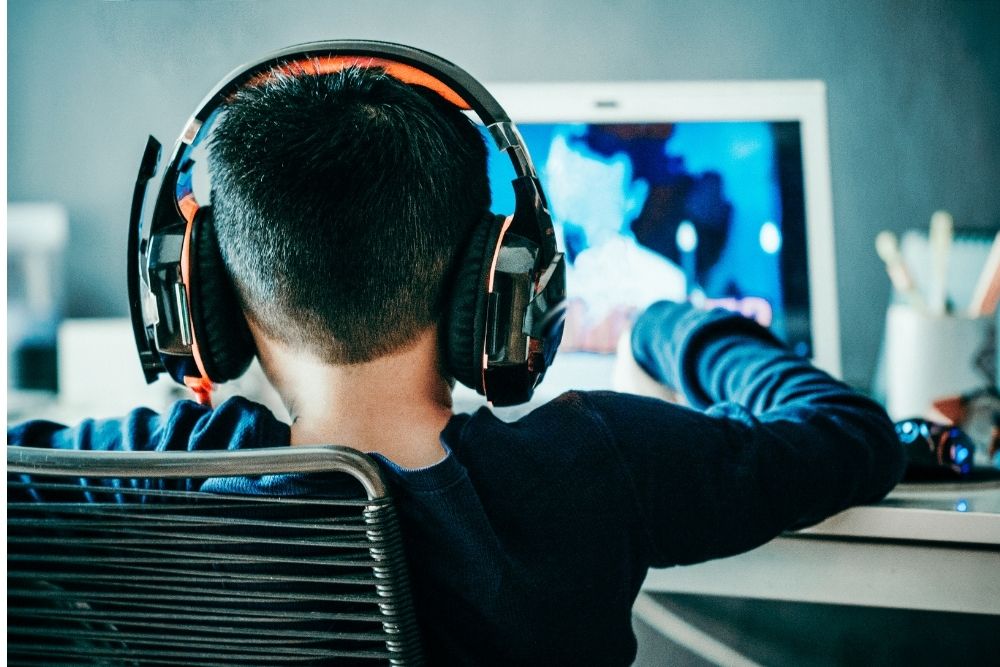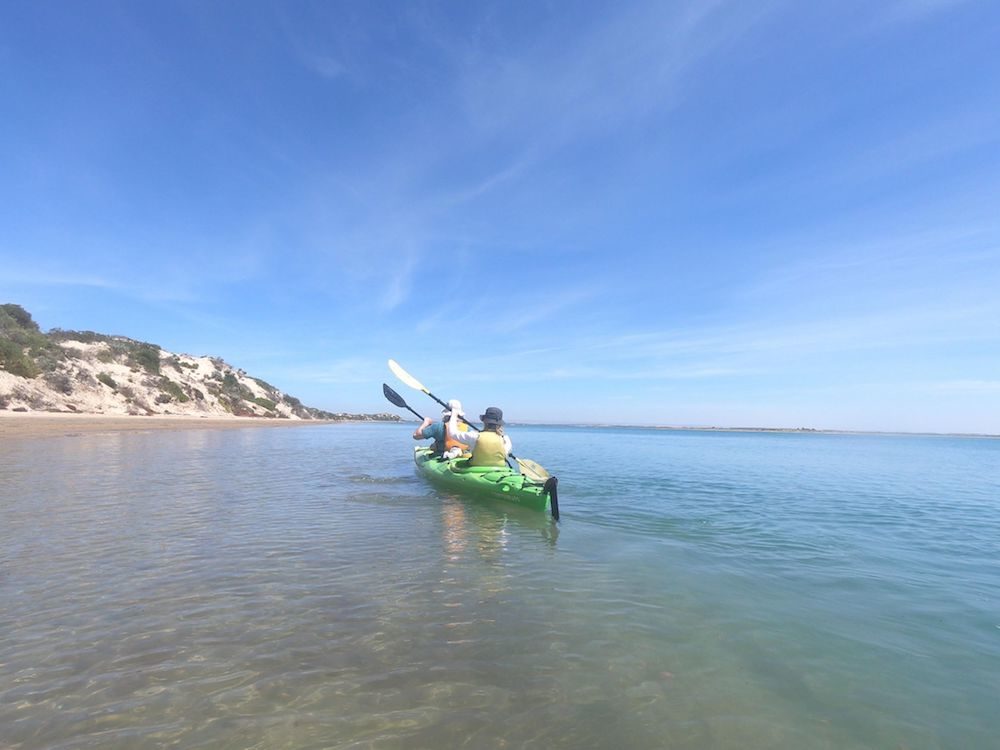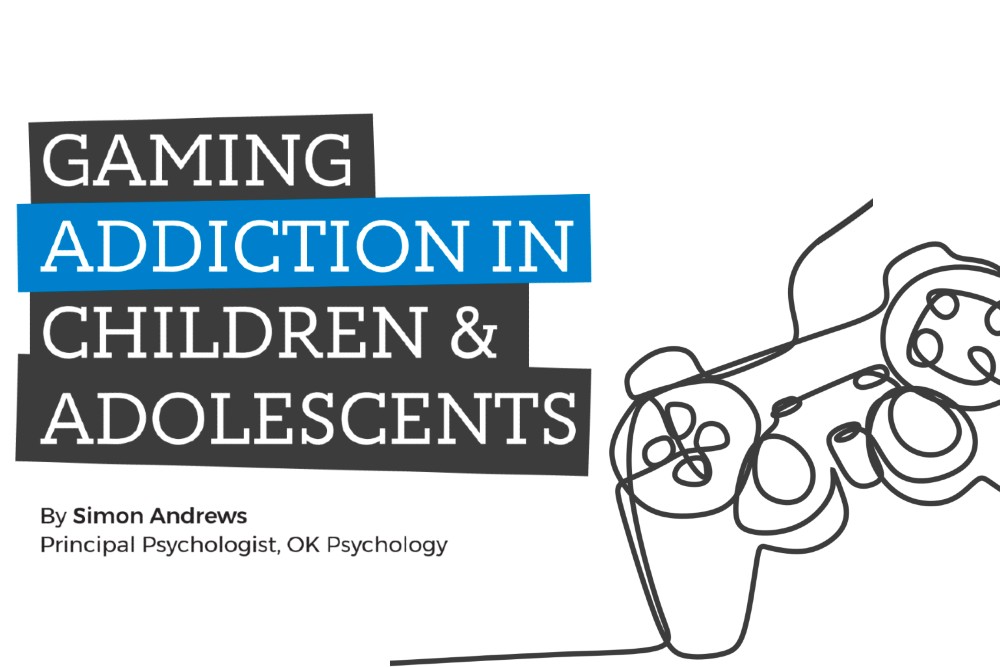WORDS: Simon Andrews, Principal Psychologist, OK Psychology
“I’ll be off in a minute.”
“Can I just finish this game?”
“No, I can’t pause it, and I can’t leave the game because all my friends are on this mission.”
Daniel (fictional) is a 12-year-old who loves gaming. As soon as he gets home from school he makes a bee-line for his device. Sometimes he forgets to have an after-school snack. At tea-time, there is usually an argument with his parents as they try to get him off his game and to the dining table to eat with the family. Straight after dinner he is back to his bedroom and back on his game until the next battle with his parents, which is of course trying to get him to bed on time.

Late nights have made it hard to get him out of bed in the morning. His parents are receiving emails from teachers about overdue assignments. Daniel’s grades have dropped. Household chores are forgotten. He has given up football and basketball because they are “boring”. He rarely comes out of his bedroom and when he does his parents can tell that he is distracted and itching to get back to his game. In fact, just about everything is “boring” except for his game.
Over the past five years I have seen an explosion of parents wrestling with this problem. “I just want my Daniel back. We went camping for a week. We left his game at home and he was his old happy self after the first day. He said he had a brilliant time and wouldn’t play his game as much when we got back to Adelaide…but after a couple of days he was back on it as much as ever.”
Dopamine is a pleasure chemical released by our brain. When it is released during an activity it makes us want to do that activity again. With first-hand activities, such as football and basketball, there is a beginning, a middle and a natural conclusion. Either the game ends or we are too tired to continue. We feel satisfied afterwards and then look forward to the next game.
With second-hand activities, such as games, there is no natural conclusion. Even when a game ends, there is always another game available at the touch of a button. In this sense, they are infinite, and because the brain can see that there is more dopamine instantly available, it then craves it and demands it. There is no natural conclusion. Daniel’s brain has become desperate to play the next game. Daniel has huge meltdowns if he is denied his next dopamine “hit”.
Daniel has become addicted.
This is a massive problem for parents all over the world. There is a window between the ages of 11 and 22 where our sons and daughters are at their most vulnerable to becoming addicted to games (and anything else for that matter). It is also a moving target because the companies who develop games are getting better and better at making children and adolescents desire them. Any plan we put in place has therefore got to be focussed on more than just getting off the game.
- Daniel and his family need to learn how we become addicted (and let’s face it we are all addicted to our screens to some extent) and then apply it to his everyday life. How is the addiction getting in the way of what he needs to get done or the things he used to enjoy? Daniel’s parents also need to look at their device use because if they are on theirs just as often as Daniel then treatment will be ineffective.
- Strategies can then be tailored for managing gaming time – making it less convenient to begin and easier to stop. His parents might sit with him for the last 10 minutes to help ease him back into the real-world, making it less of an abrupt ending.
- We also need to focus on re-teaching Daniel that he can become absorbed, enjoy and gain pleasure and satisfaction from first-hand activities…and then want to do them again and again. Even just understanding that it takes up to 15 minutes of persistence to become absorbed in a game of football or basketball (compared to just a few seconds with his screen game) can help with this struggle.
- Developing a plan for the month ahead that incorporates both real-life and screen activities.
Daniel’s game is here to stay, and so is the next one, but he can still lead an effective and happy life as a son, a friend, a basketballer, a contributor at home, and a student.

Unplug and reset with OK Wilderness!
Simon Andrews from OK Psychology has partnered with Brenton Carle, Bachelor of Eco Tourism from Canoe the Coorong to provide a wilderness psychology program where parents and their children can experience two days completely without screens, in Coorong National Park.
Aimed at 10-17 year olds and their parents/caregivers, OK Wilderness will:
- Assess screen use and its impact on daily life for both children and parents.
- Teach skills for coping with difficult feelings and behaviours around screens.
- Teach strategies to re-engage with school and family life in a way that is not dominated by screens.
Post-program follow-up sessions are available to help maintain new behaviours.
For more information:






